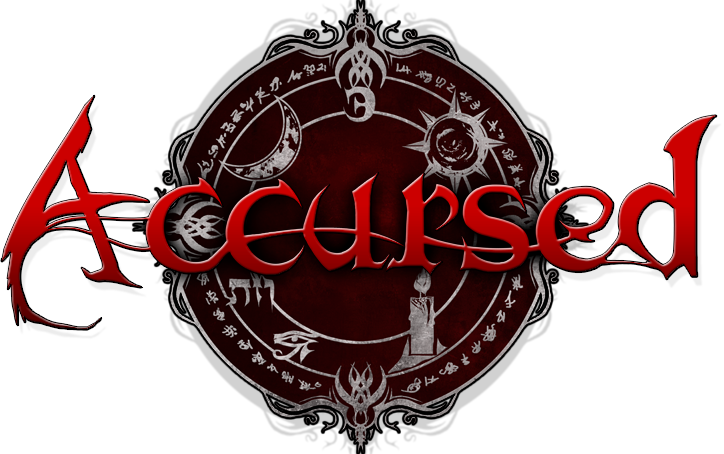Most people recognize Mongrels by the animal implants that are fused to their bodies. These vary substantially from specimen to specimen—no two are known to have an identical combination of implantations. Examples include the horns of a stag, the eyes of a cat, or the shell of a turtle. Often, the Witch somehow modifies the size of the animal organs so that they become proportionate to the size of the Accursed who bears them. In rarer cases, an organ or limb can be grossly disproportionate, leaving the victim with a horribly misshapen appearance. These unholy replacements endow a Mongrel with inhuman abilities—most commonly ones that enable them to better serve in combat as a part of the Chimera's army. At her command, those under her sway are forced to make use of these enhancements to overpower those who had once been their comrades in arms.
Yet these transplants do not represent the essence of their curse. Rather, the implanted body parts are examples of how the Chimera modifies and tortures the victims who bear her Witchmark. The essence of the curse is simply the ability to survive the surgeries the Witch performs. It makes the victims hardier and enables their flesh to merge with that of other organisms. However, it does nothing to reduce the pain that the surgeries inflict. Even as these transplants empower the recipients with inhuman abilities, they also inflict a life of constant agony. Whether it is a consequence of the torturous pain or her magic, the Chimera has even greater control over her Mongrels than any of the other Witches hold over their Accursed.
During the war, the Chimera frequently drove her Mongrels into a veritable frenzy of bloodlust, before unleashing them on the armies of the Alliance. In this state, the Accursed were not only able to inflict incredible damage to their foes, they were also often unaware of the damage that they suffered. Battlefield legends speak of Mongrels who fought on long after their bodies should have collapsed from blood loss and massive organ damage. The Enochians who have studied this curse suspect that the it somehow keeps the body animated when it should not be, in a similar mechanism to the method the Crone uses to create Golems.
After the war's end, many of the Mongrels reverted to a state of near-mindless savagery. Without the Chimera's direction, they wandered across Morden alone and in small bands inflicting destruction upon whatever they encountered. It was only the intervention of the Order of St. Vitus that ultimately provided a means for these Accursed to soothe their savagery.
Specialists among the Enochians—no one knows if they were white Witches, alchemists, or simply inspired devout—developed an elixir, which offers Mongrels relief from their primal nature. Replicating it requires a series of alchemical procedures and a range of rare components. Under its influence, the pain from their implants became far less severe. Rather than constantly submitting to a bestial state, members of the Witchbreed were once more capable of acting with restraint as their human personalities surfaced. Tragically, the elixir was not a permanent cure, nor could it be easily synthesized. Those who sought to retain their humanity would have to constantly obtain fresh stores of the elixir from the Order or even learn to synthesize it themselves.
For many Mongrels, the elixir becomes as great a concern as their Witchmark. They recognize that without its presence, they quickly lose their minds and succumb to base desires. However, the elixir does not keep indefinitely. New reserves must be obtained regularly. Mongrels who travel to unfamiliar lands must carefully monitor their supply of elixir and focus upon obtaining new suppliers at the earliest opportunity.

No comments:
Post a Comment